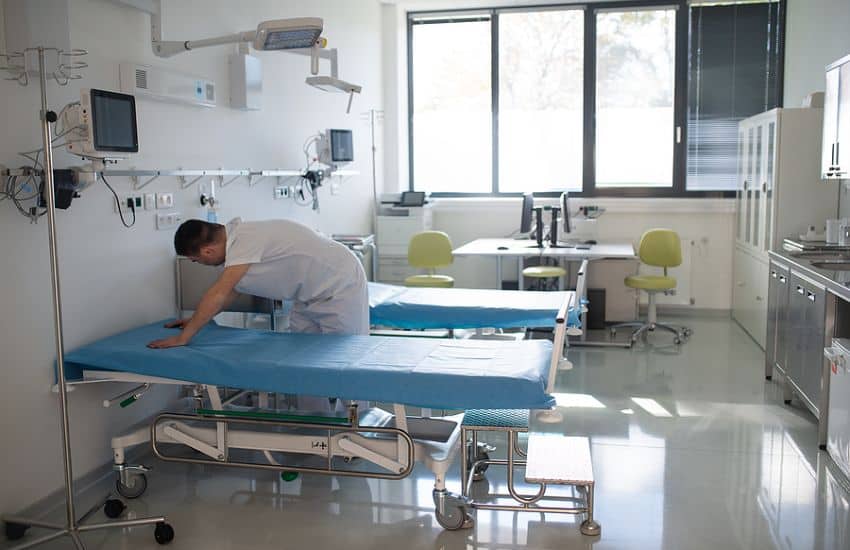
Proper sanitation and effective sterilization are critical for your patients’ and staff members’ health and safety. Medical equipment in clinical and office settings often comes into direct contact with biohazard materials, making sanitation a challenge. However, by implementing the proper protocols, you can ensure your facility’s devices remain clean and up to the top hygienic standards.
Why Is Medical Waste Management Important?
Medical waste is defined as any type of waste a healthcare facility produces. In reality, all healthcare facilities produce waste, and some of that waste consists of toxic or hazardous materials, including bodily fluids. As a result, effective biohazard waste management is critically important for the health and safety of all.
How Are Toxic Materials Typically Disposed?
- Incineration
- Autoclaving
Autoclaving is a sterilization method that uses high-pressure steam, while incineration destroys it altogether. Both of these techniques ensure that hazardous medical waste is properly removed from the facility and disposed of in a way that protects the environment and community at large.
How Can Biohazard Waste Be Reduced?
Reducing medical waste is a high priority at most healthcare facilities, mainly because hazardous materials can pose a health risk to the public and have a harmful impact on the environment. You can reduce toxic refuse at your healthcare facility by doing the following.
- Invest in equipment that improves automation efforts at your facility.
- Provide proper waste disposal containers in targeted areas.
- Keep disposal containers separate from traditional refuse bins.
- Ensure proper signage in your facility instructs how to dispose of harmful materials.
Taking actionable steps to reduce medical waste at your healthcare facility will improve your patients’ quality of care while simultaneously allowing you to create a safer work environment for your employees.
4 Tips For Cleaning & Sanitizing Medical Equipment
These four tips will help you effectively clean and sanitize medical equipment, such as hospital beds and medical carts, at your facility.
- Categorize your equipment to create a cleaning cycle. High-priority equipment, such as critical care equipment, should be sterilized immediately and frequently, whereas non-critical care equipment may not need to be sanitized as often.
- Use specialized cleaning tools to pre-clean organic material or hazardous bodily fluids as quickly as possible. Staff members should wear protective gear when completing this step.
- Rely on advanced technology and high-powered cleaning tools to clean smaller equipment, such as instruments and surgical tools.
- Routinely inspect medical equipment in your facility to verify that it is clean and sterile.
Let Us Help With Your Medical Device Sanitation Needs
Gumbo Medical, LLC has devices that can help with automation to reduce human error and extra waste. Contact us today to learn more about the best practices for sterilizing hospital beds, medical carts, and other devices and equipment in your facility.
